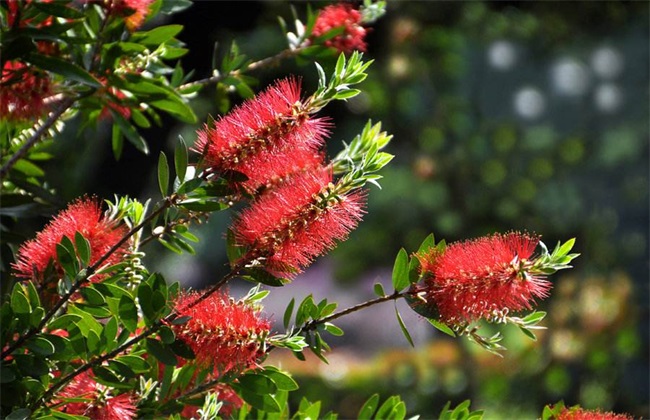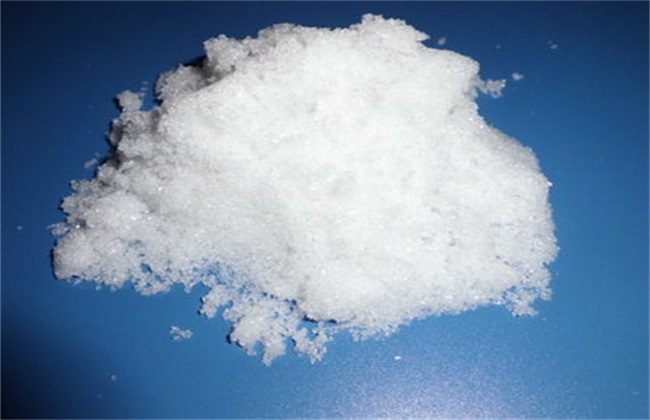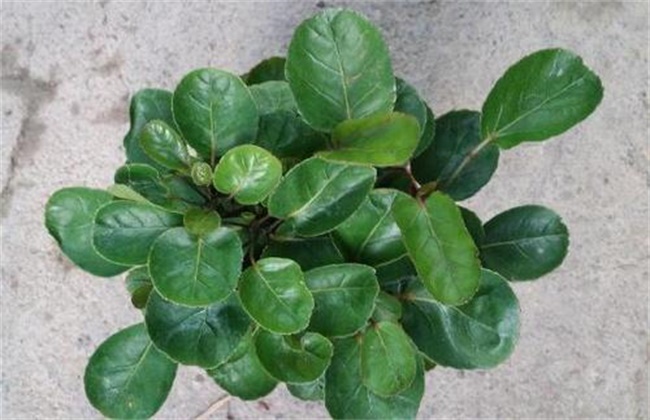Cultivation techniques of Rhododendron chinense
Red thousand layer, also known as rambutan tree, is an evergreen shrub of the myrtle family. With hundreds of years of cultivation history in China, the ornamental value of Hongqian is relatively high, which is a kind of noble bonsai, which can be used for cut flower potted plants and so on. It also has the effect of dispelling wind and resolving phlegm, which is welcomed by many people. So how to cultivate red thousand layers? Today, the editor has brought you the cultivation techniques of Red Thousand layers, let's take a look!

1. Methods of reproduction
The propagation method of red thousand layer is generally based on sowing and propagation, and cutting propagation can also be carried out. However, because the seeds of red thousand layer are very small, so the sowing is mainly small seeds. The ripe fruit is harvested around Ching Ming Festival every year, and then the seeds are fully mixed with fine sand, which can be sown directly without accelerating germination. After sowing, it is covered with a layer of fine soil and properly watered to maintain soil moisture. It can germinate after about a month, and transplant when it grows to about 1.2 meters.
2. Seedling raising and planting
At the time of seedling emergence, the soil should be kept in a dry and wet state for transplanting. When transplanting with soil, the soil should be cylindrical. After rising the seedlings, the clods should be bandaged with straw and other materials in time, and pay attention to the strength to avoid the root exposure caused by the scattered clods. Then the acupoints were planted intact, and the distance between the acupoints was kept around 80*80cm. And should apply sufficient base fertilizer, the base fertilizer is mainly soil and miscellaneous fertilizer, apply to the bottom of the hole before planting, and then cover the soil to compact. The root should not be in direct contact with fertilizer. When planting, remove the earth ball wrapper and keep it level with the ground. Then fill the soil, there should be no gap at the bottom of the hole, and water it in time after planting.
3. Water and fertilizer management
After planting, water the soil about twice a day, each time to make the soil drenched. It is also necessary to spray water on the branches and leaves to provide sufficient water for the branches and leaves and reduce water evaporation. Especially when transplanting from June to September, the high temperature environment will increase the amount of water evaporation, so it is necessary to increase the watering times appropriately. Then a thin application of nitrogen fertilizer can be applied about half a month after planting, and an appropriate amount of organic fertilizer can be applied one month later. Then fertilize about twice a year, and finally, after the annual flowering period, pay attention to a pruning work.
4. Reasonable pruning
Pruning is an indispensable work for the cultivation of red thousand layers. Pruning can create a good tree shape and improve the permeability and ornamental value of the tree. And in the hot summer, because the evaporation is very large, so it is more necessary to do a good job of pruning. It is necessary to cut off about the branches and leaves of the plant, especially the inner branches and some new branches, so as to reduce the water consumption of the plant. In addition, it can also inhibit the growth height of the top branches of the plant, promote the germination of new branches and improve the flowering rate.
The above is a brief introduction of red thousand-layer cultivation technology. That's all for today's introduction. This article is for reference only. I hope it can be helpful to everyone.
Related
- Fuxing push coffee new agricultural production and marketing class: lack of small-scale processing plants
- Jujube rice field leisure farm deep ploughing Yilan for five years to create a space for organic food and play
- Nongyu Farm-A trial of organic papaya for brave women with advanced technology
- Four points for attention in the prevention and control of diseases and insect pests of edible fungi
- How to add nutrient solution to Edible Fungi
- Is there any good way to control edible fungus mites?
- Open Inoculation Technology of Edible Fungi
- Is there any clever way to use fertilizer for edible fungus in winter?
- What agents are used to kill the pathogens of edible fungi in the mushroom shed?
- Rapid drying of Edible Fungi



